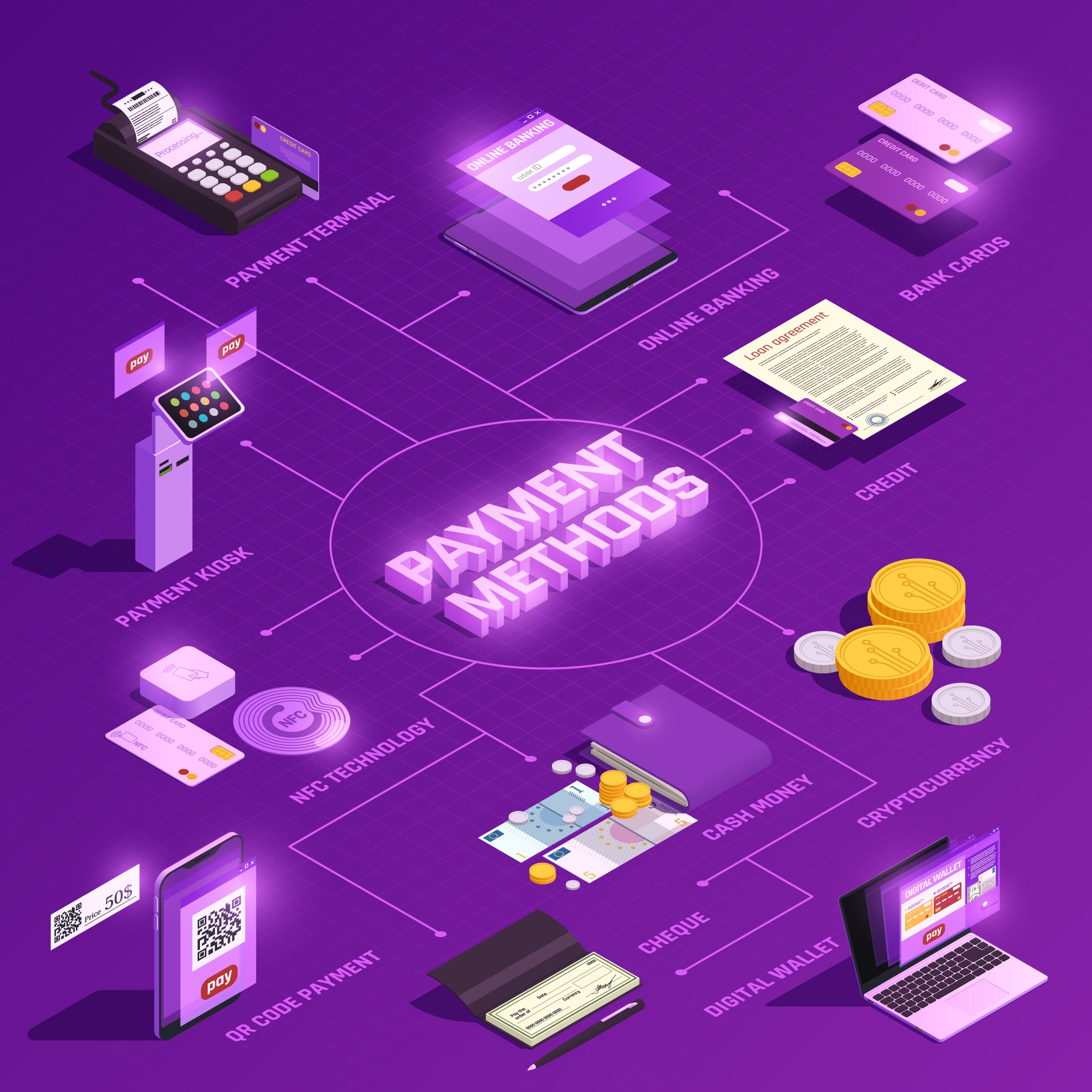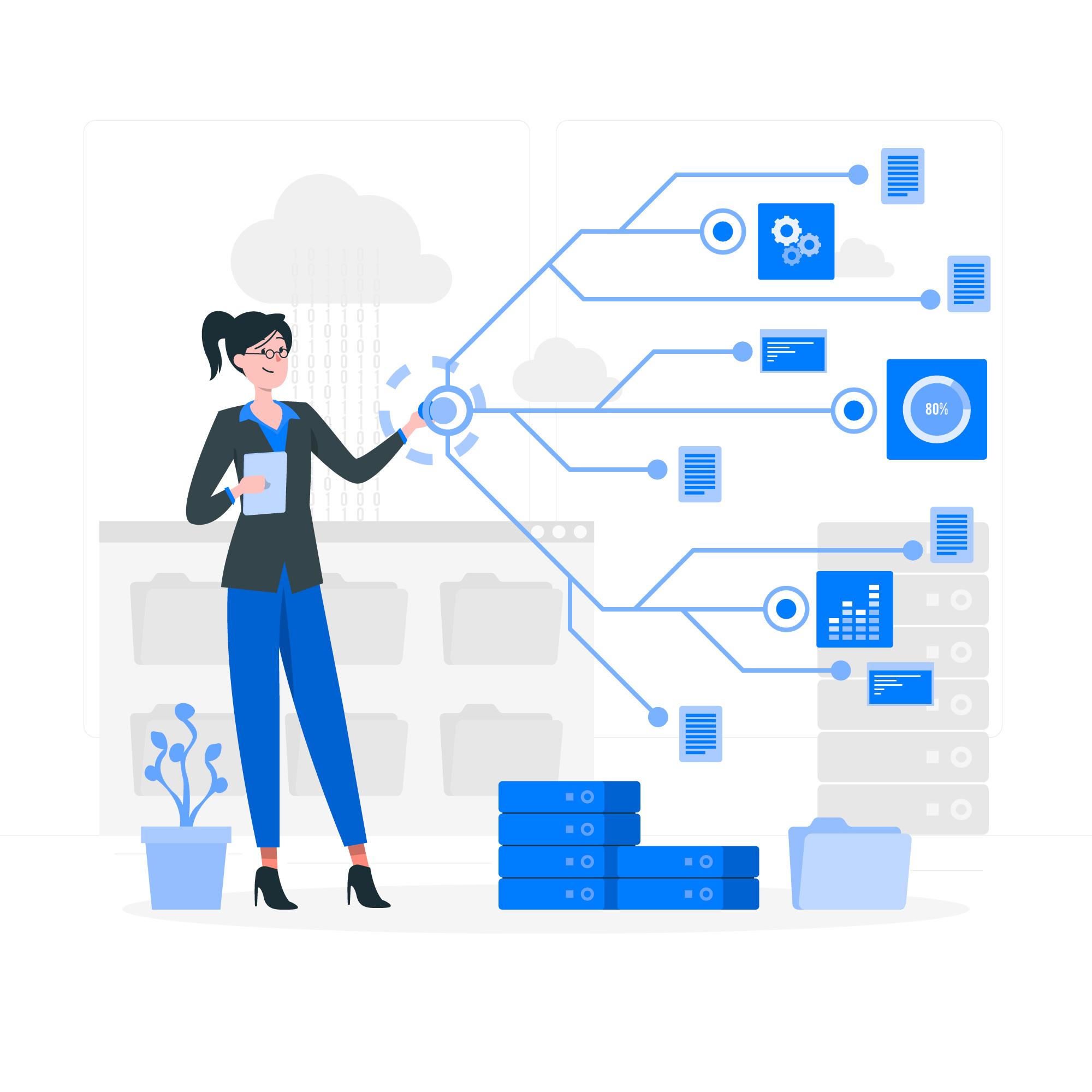Global enterprise teams, from Finance and Operations to Sales and HR, face unprecedented demands to move faster, stay compliant, and work across silos without slowing down. In this landscape, manual travel and expense (T&E) reporting systems are no longer viable. Spreadsheets, emailed receipts, and isolated approvals create bottlenecks that harm both cash visibility and employee satisfaction. Concur-based integration is not just about automating expense approvals. It is a transformation lever that brings enterprise-level alignment to your expense ecosystem by plugging into real-time data, connected systems, and secure workflows.
Looking for end-to-end Concur integration guidance? Read the full integration strategy from Streams Solutions.
What Is Concur-Based Integration? And Why Should You Care?
SAP Concur is a global leader in T&E management platforms, but it does not operate in isolation. The real power lies in its integration, connecting Concur to enterprise resource planning (ERP) systems like NetSuite, Oracle, SAP S/4HANA, or payroll, HRMS, and analytics tools.
Key Technical Functions Enabled Through Integration:
- Real-time API syncing of expense claims, travel bookings, cost centers, and reimbursement statuses.
- Two-way data mapping across platforms: trip IDs, employee codes, GL accounts, tax jurisdictions.
- Automated validation workflows that enforce internal policies and regulatory compliance.
- Secure audit trails for every approval, modification, or override across the expense lifecycle.
This results in a cohesive expense control architecture, where travel spend is no longer opaque or reactive, it becomes measurable, accountable, and intelligently forecasted.
Why Concur Integration Is Critical for Scaling Enterprises?
Let us get tactical. Integration delivers technical and business value that is not theoretical. These are gains your operations will see within one or two quarters of implementation:
1. Real-Time Expense Synchronization Across Business Units
With Concur-to-ERP integration, expense transactions are no longer siloed. Whether it is a last-minute hotel bill uploaded from a mobile app or a business class upgrade routed through policy approval: the transaction immediately reflects in your finance system.
This also enables multi-currency reconciliation, tax normalization, and GL account mapping that adhere to local and global financial rulesets.
2. Financial Intelligence in the Hands of Decision Makers
When SAP Concur feeds real-time expense data into NetSuite or Oracle, CFOs and FP&A teams gain visibility that static monthly reports cannot provide. Trends in overspend, policy deviations, or department-specific variances become visible early enough to act.
Dynamic dashboards built with tools like Power BI or Tableau can pull from the integrated data layer, enabling travel ROI calculations, budget forecasting, and variance alerts with accuracy.
3. Expense Automation With Built-In Governance
Employees hate delays in reimbursement. Finance hates policy violations. The integration bridges both concerns by configuring automated routing rules such as:
- Amount-based approvals
- Category exceptions (e.g., client entertainment vs personal meals)
- Project-linked spend caps
- Receipts and audit log validation triggers
These are not hardcoded. They are dynamic, metadata-driven configurations that can evolve with policy changes.
4. Enabling Compliance in Highly Regulated Sectors
Whether your company is in pharmaceuticals, finance, or government contracting, audit-ready expense data is non-negotiable. Concur integration includes:
- GDPR-compliant encryption
- SOC 2 audit logs
- Role-based access for sensitive financial data
- Automated document retention policies for expense proofs
These controls become especially valuable during vendor audits or regulatory inspections, because your data infrastructure does not rely on manual compliance tracking.
Real-World Use Cases That Showcase Business-Driven Concur Integration
Here are real-world use cases where Concur-based integration delivers tangible operational and financial impact across enterprise environments:
Sales Enablement Through Integrated Travel Intelligence
When a sales rep logs a customer visit expense, the integration links CRM opportunity records, ERP billing accounts, and travel cost to that specific deal. This enables:
- Customer-level expense-to-revenue tracking.
- Performance benchmarking by rep or region.
- ROI analytics for conferences, events, and field travel.
Finance Automation and Anomaly Detection
Concur’s transaction data is run through analytics engines trained on historical fraud patterns. Suspicious expense claims, like recurring weekend hotel bookings or duplicate airfare entries are auto-flagged, triggering exception reviews.
Finance teams spend less time on manual reviews and more on value-added analysis.
Policy Enforcement and Insights for HR Teams
By combining employee profiles from HRMS systems with Concur usage, HR leaders can assess:
- Which departments or roles exceed their travel norms?
- Behavioral patterns across travel-intensive functions.
- Impact of policy revisions on actual employee spend.
This data becomes the foundation for travel policy optimization, wellness initiatives, and budgeting accuracy.
Technical Architecture of Concur Integration: The Invisible Backbone
Any efficient Concur-based integration begins with one principle: systems must talk without translation errors. This means aligning Concur’s cloud APIs with the organization’s internal architecture and ERP schemas. That alignment requires more than connecting endpoints. It needs architectural foresight.
Data Mapping and Canonical Modeling
Concur APIs expose travel and expense data objects like expense reports, items, attendees, payment types, allocations, and audit trails. To integrate this with systems like NetSuite, SAP, or Oracle, every data field must be mapped into a canonical data model.
- Expense type must align with the GL chart of accounts.
- User ID and employee records must be matched across HRMS and finance systems.
- Project codes from Concur must sync with project accounting modules.
- Dates, currencies, and tax codes must adhere to the ERP’s regional configurations.
It is not enough to move data. The system must move valid and enriched data that reflects financial and compliance logic.
Integration Workflows: Event-Based and Scheduled Triggers
Streams Solutions architect integrations with flexibility, some data flows are event-driven using Concur webhooks, while others are scheduled batch syncs using Boomi, Mulesoft, or custom scripts depending on volume, frequency, and latency tolerance.
Typical workflows include:
- Pulling approved expense reports from Concur every four hours.
- Posting those into NetSuite as journal entries with attachments.
- Sending confirmation back to Concur with transaction ID mappings.
- Notifying the finance controller if any record mismatches or policy deviations are found.
All this runs silently until something breaks. Which is why resilience is the next critical layer.
Overcoming Integration Challenges with Discipline and Design
Concur’s APIs are reliable. But integration is not about the strength of the API. It is about orchestration across your ecosystem. And without technical guardrails, even good APIs can fail in production environments.
Challenge: API Limits and Rate Caps
Concur enforces throttling limits on API calls. If the integration runs uncontrolled batch jobs, it hits the ceiling and fails silently. Streams handles this by:
- Using pagination and chunked API pulls.
- Applying exponential backoff logic for retries.
- Tracking last-synced timestamp for delta pulls.
Challenge: Handling Data Quality Across Systems
Legacy HRMS data often has missing or inconsistent employee IDs. Bank details might be outdated. Project cost centers might not exist in the ERP.
Rather than force the sync and corrupt downstream data, Streams:
- Validates each incoming record before sync.
- Sends mismatch reports for manual correction.
- Builds pre-integration dashboards for admins to clean datasets before transmission.
Challenge: Synchronization Failures and Exception Monitoring
Expense claims might succeed in Concur but fail to post in NetSuite due to ERP-side validations like locked periods or inactive vendors.
To manage this, Streams builds:
- A custom error dashboard.
- Reprocessing queues that allow retry after correction.
- Alerting systems that notify responsible teams immediately.
The Role of AI, Analytics, and Data Intelligence in Concur Integration
Once Concur is integrated, the real transformation starts with how you use the data. At Streams, we enable Concur customers to evolve from automation to intelligence.
Spend Pattern Analytics
By analyzing travel categories, vendors, and employee habits, our clients can:
- Identify outliers in departmental spend.
- Optimize preferred vendor relationships.
- Negotiate better deals for travel or accommodation.
Fraud Detection Using AI
By applying machine learning to travel receipts, approval timestamps, and report metadata, the system can:
- Detect duplicate submissions.
- Flag off-hours expenses.
- Identify backdated claims.
These patterns would never emerge from disconnected systems.
Predictive Budgeting and Reimbursement Forecasting
Historical T&E data, when merged with project schedules and sales plans, allows CFOs to:
- Predict T&E spikes during deal cycles.
- Align reimbursement cash flow with revenue recognition timelines.
- Recommend budget allocations dynamically.
Why Streams Solutions Is the Right Partner for Concur Integration?
Concur integration is not a plug-and-play module. It requires orchestration across cloud platforms, finance systems, compliance frameworks, and cross-functional workflows.
What Sets Streams Apart
- Certified experts in SAP Concur, NetSuite, Oracle, and major ERP ecosystems.
- Custom integration pipelines tailored for your business logic.
- Workflow automation that mimics human decisions but operates at machine speed.
- Secure deployment with SOC 2, GDPR, and internal audit-readiness.
- Post-implementation analytics that turn expense data into finance strategy.
We build for resilience. We deploy with minimal disruption. And we optimize for long-term business impact, not just technical completion.
Looking Ahead: Integrated T&E as a Strategic Finance Asset
The future of travel and expense is not about better spreadsheets or faster apps. It is about systems that think, learn, and guide. Concur integration with ERP, HRMS, and analytics is the foundation. But the true ROI lies in what you do once the data flows.
Finance leaders can:
- Forecast liquidity based on travel cycles.
- Automate risk compliance before audit flags emerge.
- Equip managers with real-time cost control visibility.
- Detect inefficiencies that once hid behind disconnected tools.
This is not a theoretical upgrade; it is a competitive differentiator.
Let Streams Solutions Help You Build This Foundation
At Streams Solutions, we design integration as a business outcome, not a technical project. Whether your goal is automation, insight, or strategic finance transformation, our team builds the systems that make it possible.
We are not just experts in SAP Concur. We are specialists in aligning data, process, and technology into one intelligent flow. If you are exploring how travel and expense data can unlock smarter decisions, let us help.
Reach out to our integration architects. Let us help you bring visibility, speed, and intelligence into every expense claim and travel decision your teams make.




